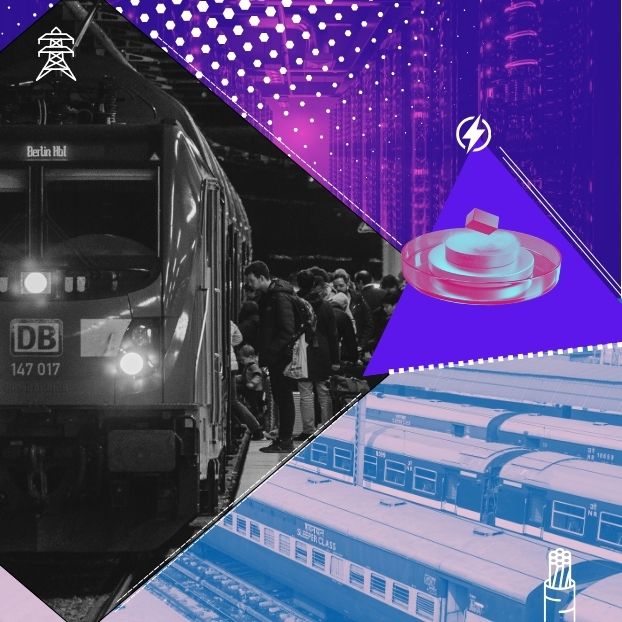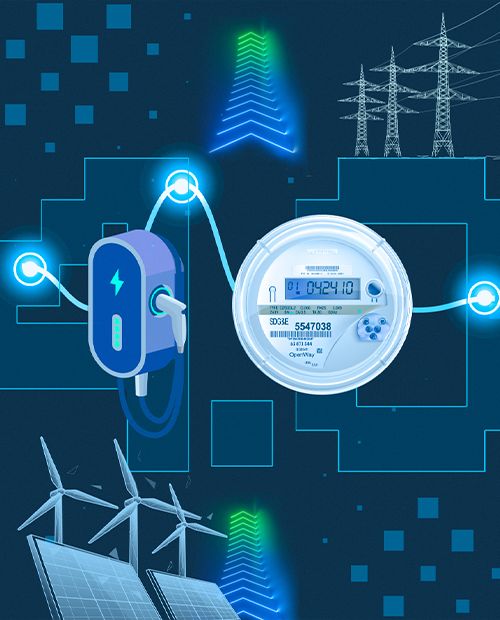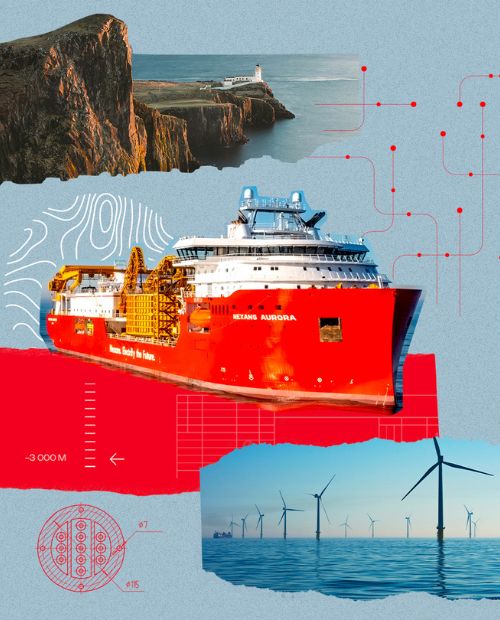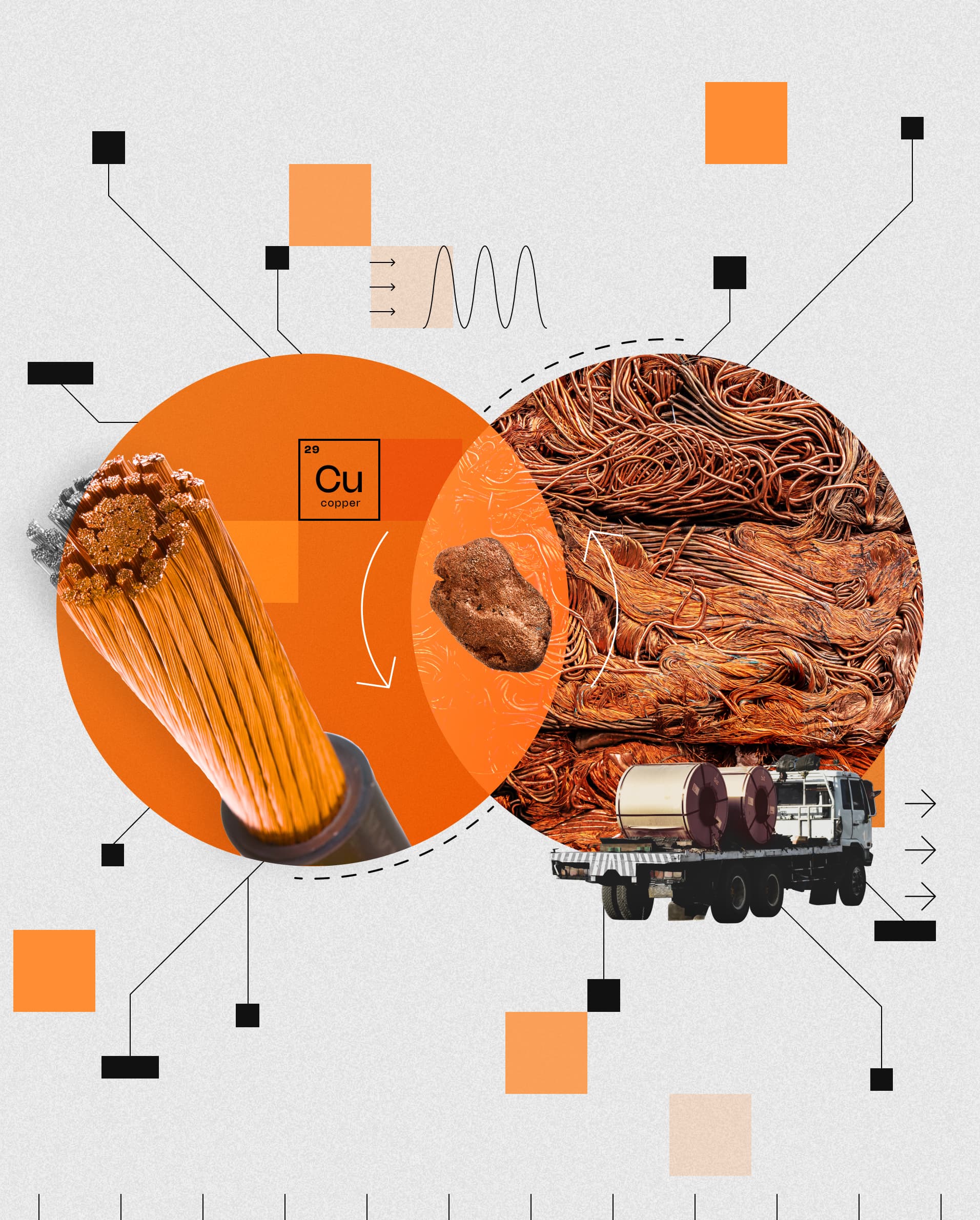A new era of electrification – Transmission as the strategic enabler
Electrification of tomorrow
12/11/2025
Spotlight on Superconductivity
Innovations in Accessories and Solutions
Digital disruptions transforming the electrification industry
Innovations for Electrical Transmission
Innovations for Electrical Grids
Innovations for Buildings' Revolution
10 Technologies to Electrify the Future
Access all series
Top article
Electrification of tomorrow
19/11/2025
Data centers are entering the gigawatt era—and copper cables can’t keep up. Discover how superconducting cables are transforming next-gen facilities with zero energy loss, ultra-high power capacity, and drastically reduced infrastructure needs. From higher efficiency to smaller footprints and stronger resilience, this breakthrough tech could redefine sustainable growth for hyperscale and AI data centers. Explore how superconductivity is shaping the future of digital infrastructure.

White paper

Electrification of tomorrow
12/11/2025
Interview

Electrification of tomorrow
31/10/2025
Article
Serie : Spotlight on Superconductivity

Electrification of tomorrow
29/10/2025
Infography

Digital transformation
03/07/2025
Article

Electrification of tomorrow
16/07/2024
Article

Renewable energies
10/06/2024
Article

Circular economy
23/10/2024
Infography

Circular economy
04/09/2024
Article

Circular economy
08/11/2023

Perspectives presents our innovation series, exploring major energy challenges and showcasing how Nexans innovates every day.
See all series